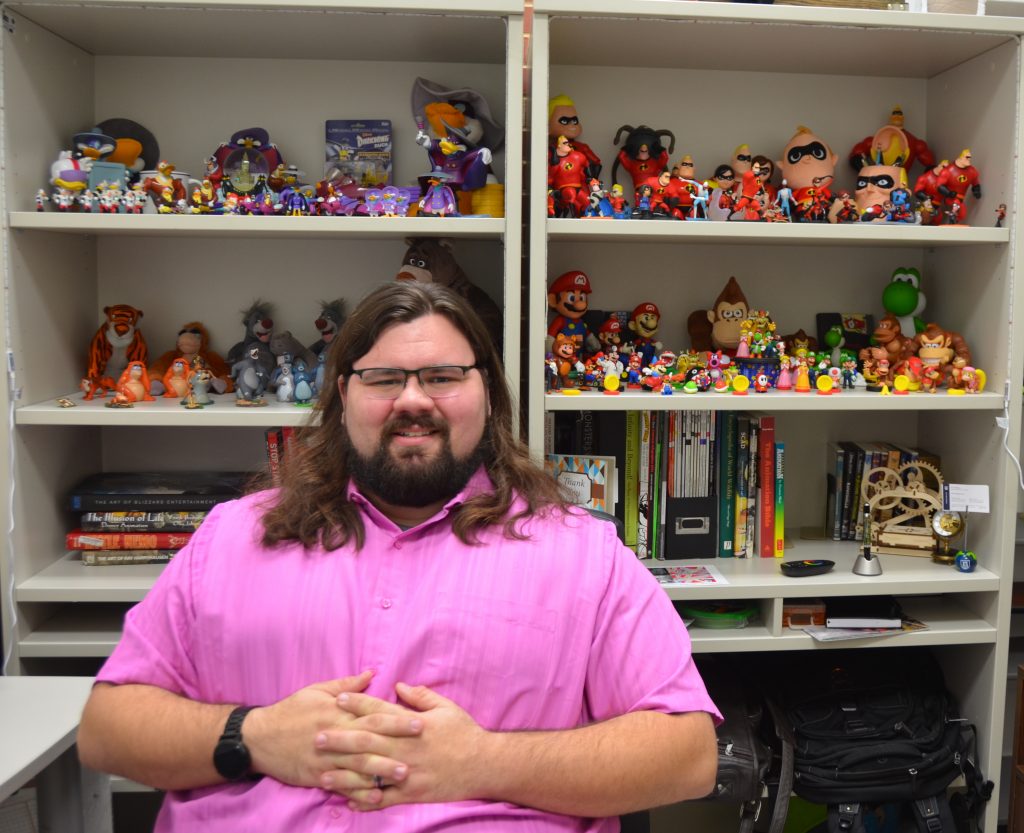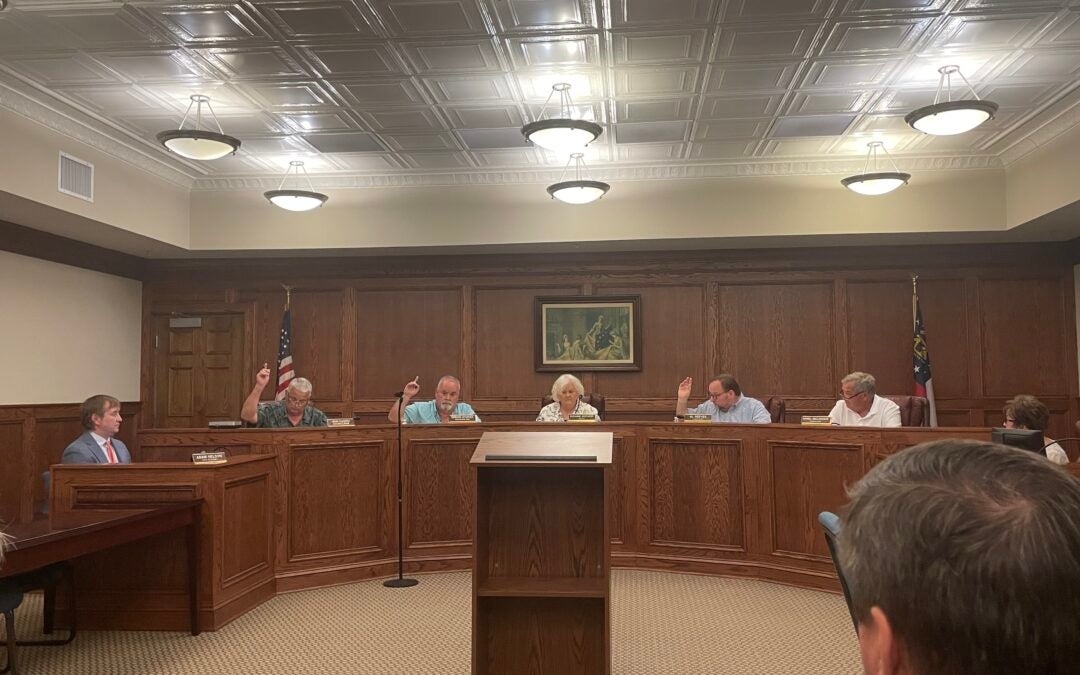An Augusta University professor is developing new animation techniques that can recreate long
extinct animals and present them in their habitats. The results are stunning portraits of animals
no one living has ever seen.
A look into AU animation professor A. B. Osborne’s office provides surefire evidence that he’s the brains behind the project. His shelves are crammed with cartoon characters and figurines.
Osborne’s passion, though, is not recreating Daffy Duck but bringing creatures to life who have
reached the end of their evolutionary life span.
“Animation is appealing to the public,” Osborne says. “I am interested in bringing back the forgotten creatures and keeping them in the public consciousness. It’s a way of looking to the past to decide what we are going to do in the future.”
All of the current animals Osborne studies and recreates are ones that went extinct due to overhunting or loss of habitat.
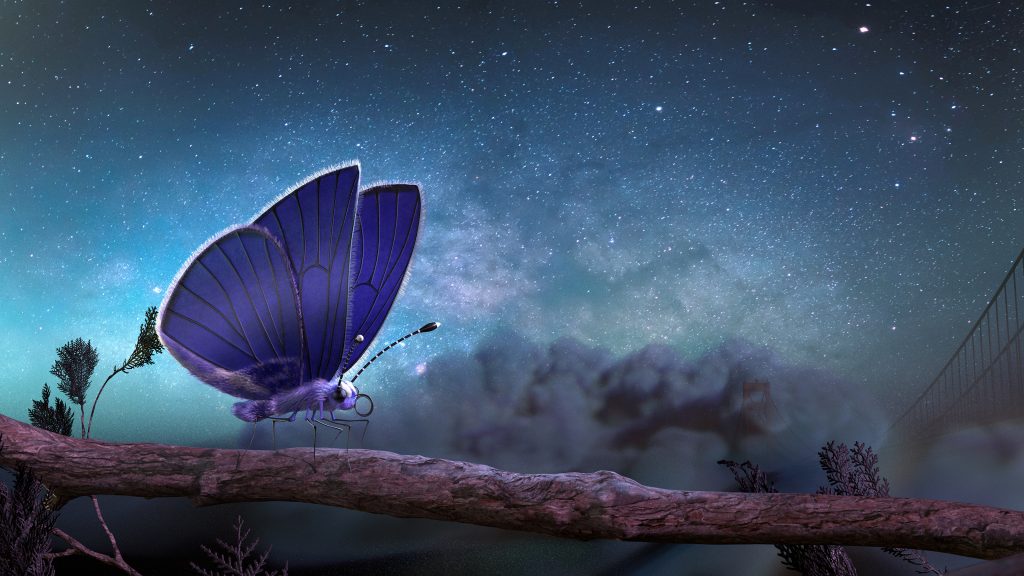
The Xerces Blue Butterfly is the perfect example of a species that died off due to humans overrunning their habitat. Their extinction was an unintended consequence of human expansion,
according to Osborne.
As American westward expansion occurred in the 1870s and the city of San Francisco grew, the lotus plant that fed the butterfly’s larvae was almost eliminated, taking with it the bright blue butterfly.
By 1900, with no way to feed their larva, the Xerces Blue became a memory. Osborne’s rendering shows the butterfly against a fog with the Golden Gate Bridge in the background in an accurate representation of the creature’s fate.
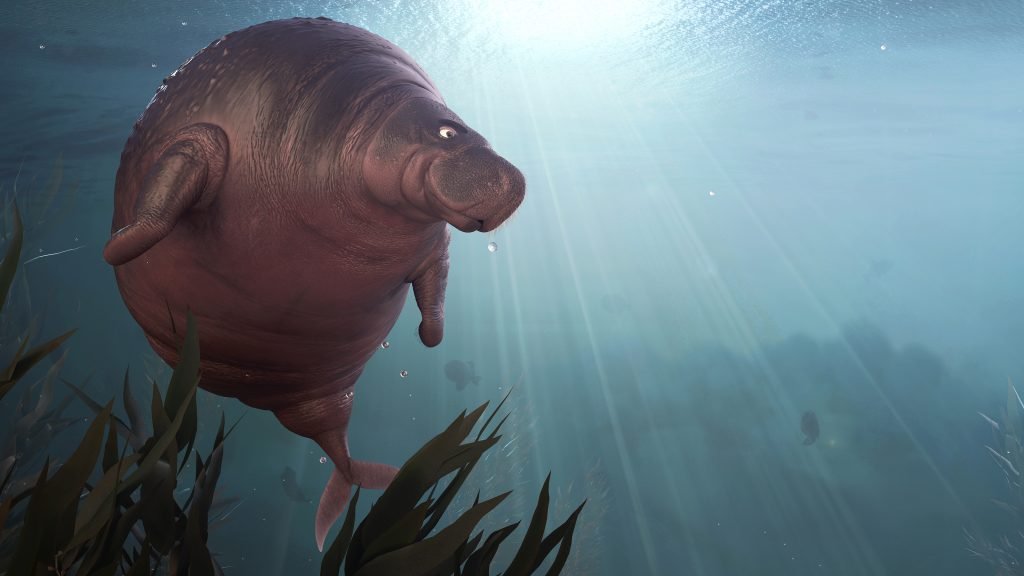
The Steller’s Sea Cow, a 30-foot-long relative of the manatee, enjoyed life with few predators in the Bering Strait before humans came along, Osborne said. The Steller’s Sea Cow’s size and buoyancy, which once protected it, became its Achilles heel as human hunters found them easy to isolate and kill.
Another animal native to Australia and the Tasmanian Islands, the Thylacine, was eradicated by humans for being a pest. Nicknamed the Tasmanian Tiger, the Thylacine became the bane of ranchers, according to Osborne.
This doglike marsupial had a tendency to feast on sheep and the animal was culled to the point of extinction.
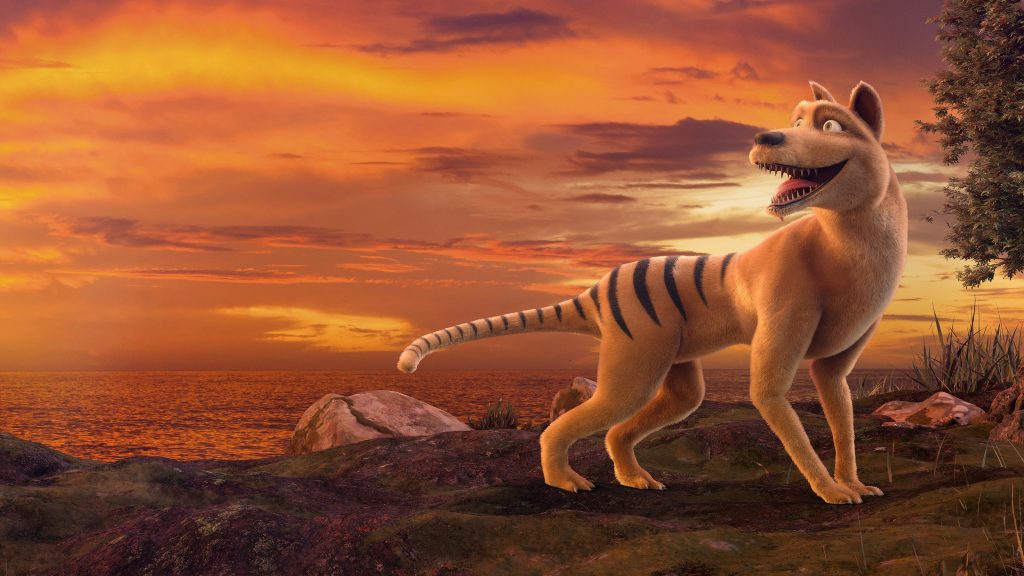
Osborne says he specifically tried to show the more “lovable” side of the now extinct predator. The process of recreating the animals via animation begins with Osborne digitally “sculpting” the subject, which he describes as almost like cutting a puppet out of wood.
After a 3D basic model is sculpted, the process then becomes more like a painting with layers added that make the animal look less like a computer-driven stick figure. Then, he and fills in all the colors and textures of skin, fur and even butterfly wings.
After the basic animal is created, Osborne works to create its habitat and “pose” it in its surroundings.
Finally, the process of rendering takes place, which is when the computer takes ample time to sift through all the commands from start to finish and compile a final product. The computer rendering can take as long as two weeks.
“I have to sometimes just leave the computer alone to do its thing,” Osborne says. “I can’t even let it get an update or anything like that.”
Osborne’s program is one of the fastest growing at AU. He says they started with zero students but enrollment has steadily grown since he joined the faculty in 2018.
“Animation is a field you can go into and not be a starving artist,” he says. “There are so many specialties in animation that those who want to make a great-paying career in art can easily do it.”
According to Osborne, a PIXAR short film, lasting maybe five minutes, that precedes a feature film, employs over 20 specialized artists and programmers and takes two years to produce.
“I want to see artists succeed, and animation is a really lucrative path for them,” he said from his office, framed by his favorite cartoon characters.
Osborne’s next extinct-animal-animation projects include the Carolina Parakeet, the Passenger Pigeon and the 10-foot-tall Giant Moa bird that were once native to Georgia and South Carolina.
Scott Hudson is the Managing Editor of The Augusta Press. Reach him at scott@theaugustapress.com

